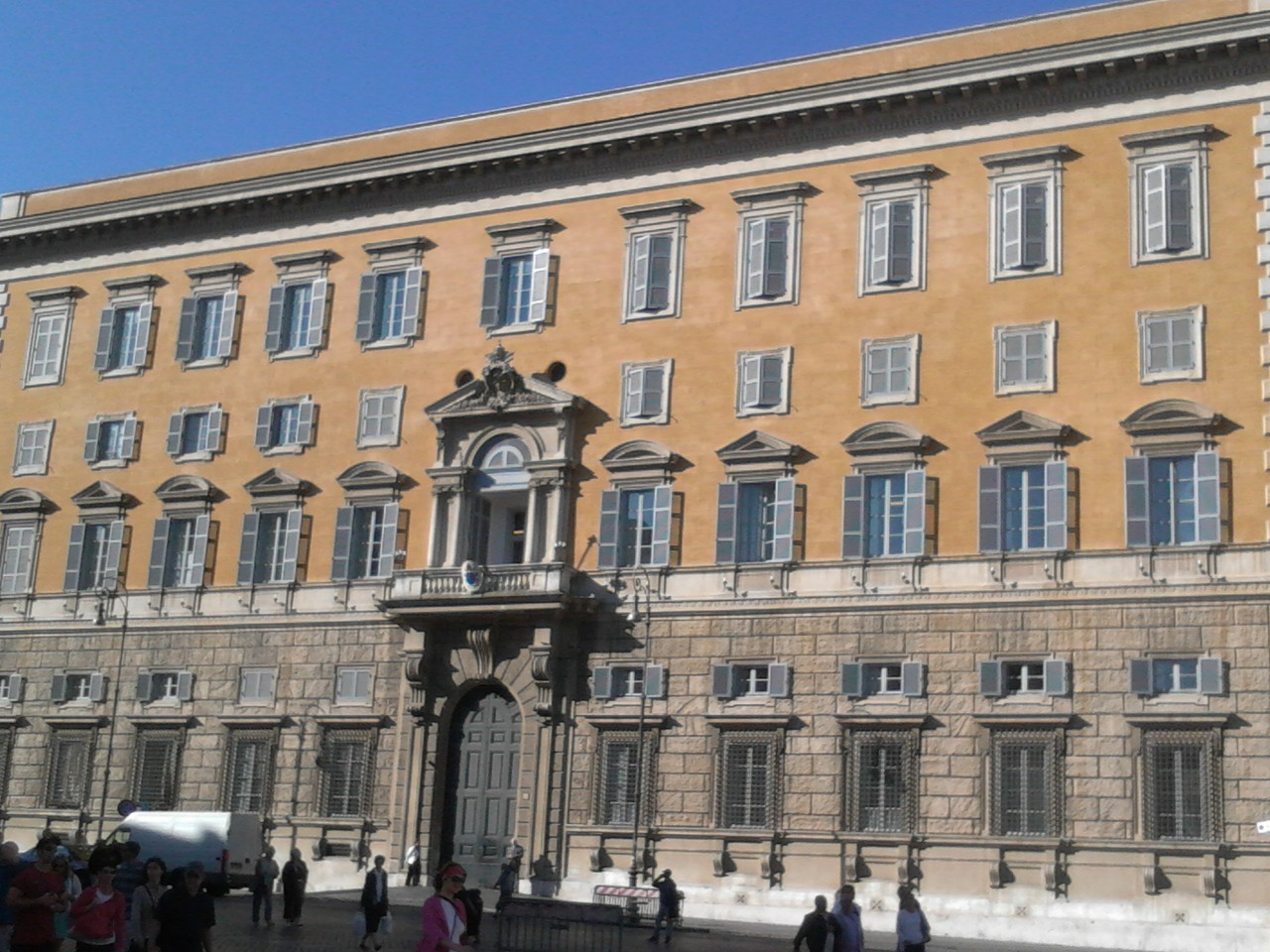After the fall of Mussolini, on 25 July 1943, the antifascists began to recreate the relationships that were broken by the regime’s repression. The antifascist parties united in the Committee for National Liberation (CLN) to call the Italians to the fight and to the resistance to gain back freedom. The building at the Lateran was the meeting place to discuss the future of the country. A part of the anti-fascists in the occupied city started to reflect upon how a liberated Italy could look like in the future.
Today, visiting the Lateran University is not at all evoking the atmosphere of fear and lack of freedom of the days of the occupation. To see the most important places for the CLN at the Lateran, follow the road at the back of the basilica, from the University square to the medieval cloister, where, in the house of Mrs. Ronca, the men who would have later governed the country discussed the future of Italy.
